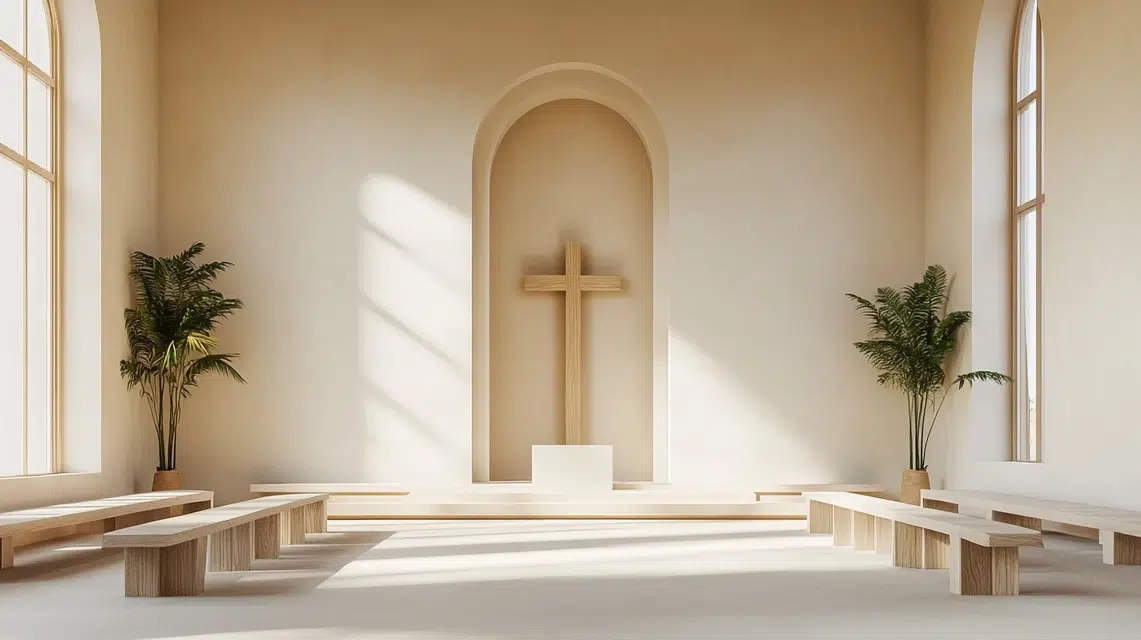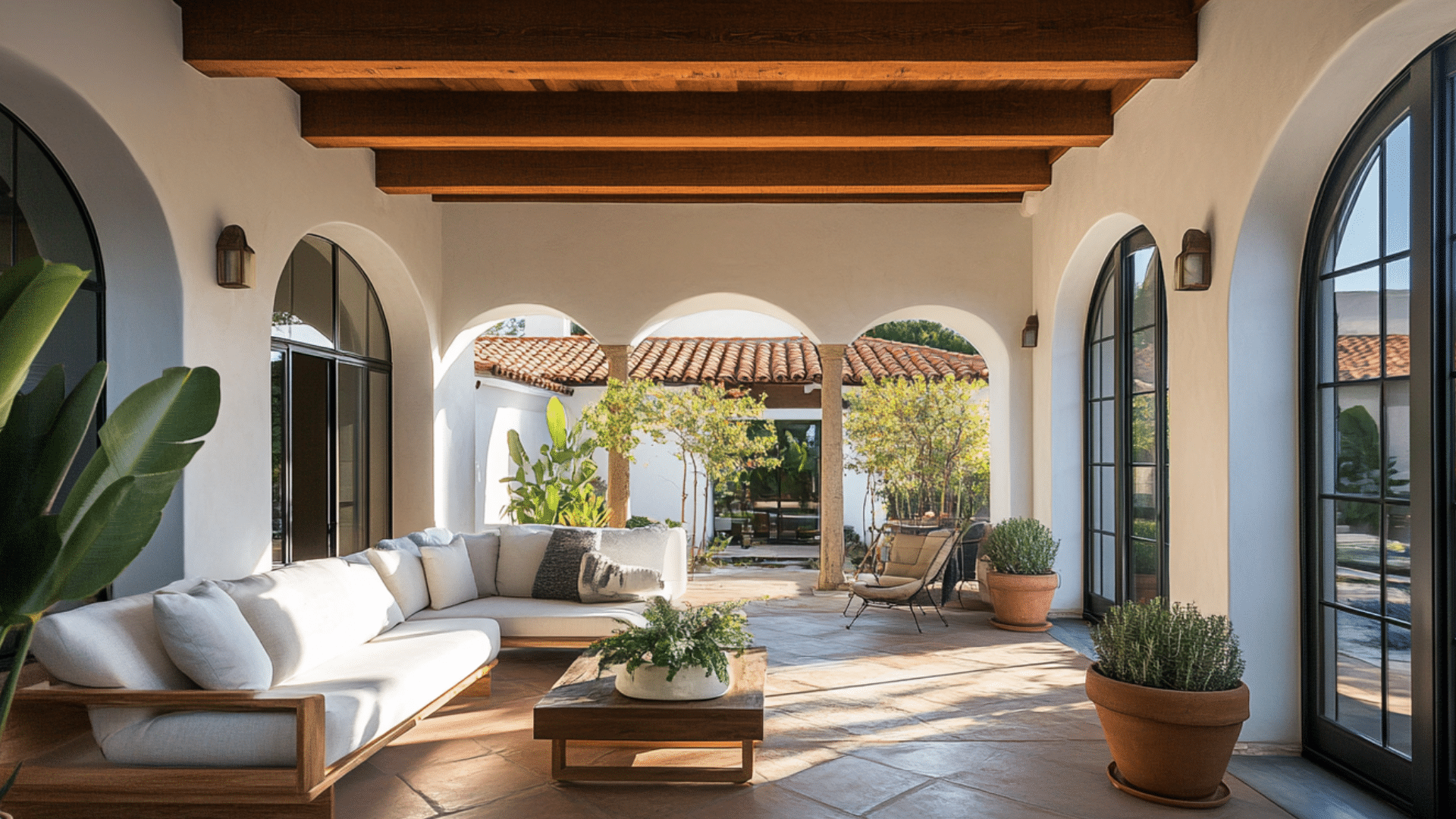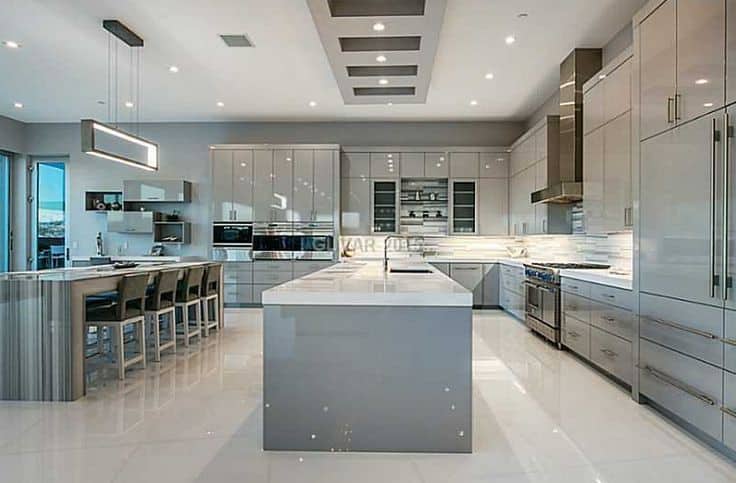Innovative Design Trends for High-End Homes
Whether you’re looking to renovate or build from scratch, staying updated with these trends can make all the difference. In this post, we’ll explore the latest in luxury home design, including sustainable materials, smart technology, and unique architectural elements.
By the end, you’ll have a better understanding of how to elevate your home’s style and functionality.
1. Sustainable Materials and Eco-Friendly Designs
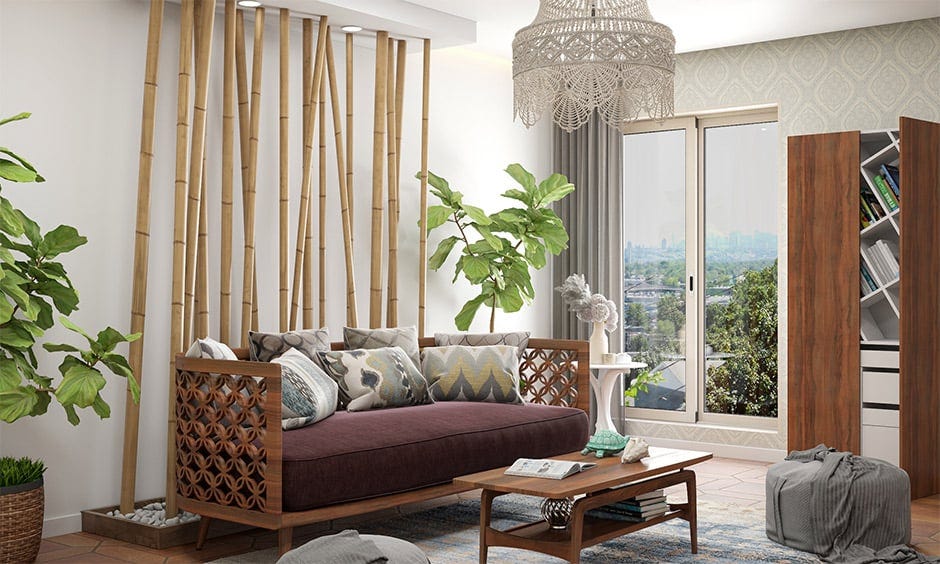
In recent years, there’s been a noticeable shift towards sustainability in the world of high-end home design. As environmental awareness grows, luxury homeowners are increasingly opting for eco-friendly materials and sustainable building practices.
This movement is not just a trend but a significant step towards creating homes that are both beautiful and kind to the planet.
One of the most popular sustainable materials in modern home construction is reclaimed wood. This material adds a unique, rustic charm to interiors while reducing the demand for new timber. Additionally, reclaimed wood often comes with a rich history, adding character and a story to your home.
Another sustainable choice is bamboo, known for its rapid growth and strength, making it an excellent alternative to traditional hardwoods.
Beyond the materials themselves, many luxury home builders are embracing green building practices. These include optimizing insulation, installing energy-efficient windows, and utilizing renewable energy sources like solar panels. Such features not only reduce a home’s carbon footprint but also offer long-term cost savings on energy bills.
Incorporating eco-friendly elements into a home does not mean sacrificing style. In fact, many sustainable materials are now available in a range of textures and finishes that can complement any design aesthetic.
From sleek, modern lines to cozy, natural vibes, sustainable materials can help create a space that’s as stylish as it is responsible.
2. Smart Home Technology Integration
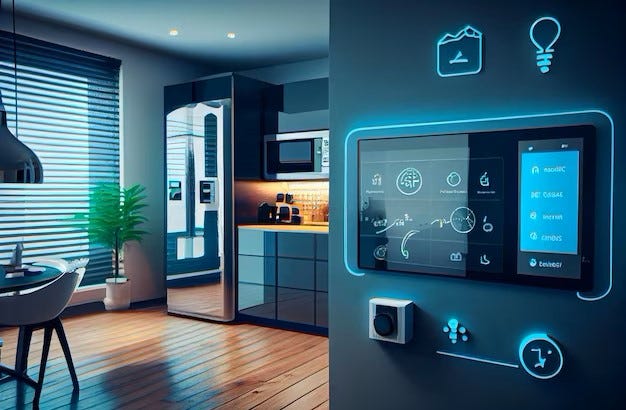
The integration of smart home technology has become a defining feature of modern luxury homes. As technology advances, homeowners have more options than ever to enhance their living spaces with state-of-the-art systems. These innovations not only add convenience and security but also elevate the overall experience of living in a high-end home.
Smart home systems encompass a wide range of devices and features, from automated lighting and climate control to advanced security systems. One of the most appealing aspects of smart technology is the ability to control and monitor your home remotely.
Whether you’re adjusting the thermostat from your smartphone or checking in on security cameras while away, these systems offer unparalleled control and peace of mind.
Working with luxury home builders who specialize in smart home integration can ensure that these technologies are seamlessly incorporated into the design of your home.
Enhancing convenience and security with luxury home builders means having a team that understands the intricacies of these systems and can tailor them to your specific needs. From selecting the best smart devices to ensuring a cohesive design, their expertise can make all the difference.
Moreover, smart home technology is constantly evolving, offering new and innovative features. Voice-controlled assistants, smart mirrors, and automated kitchen appliances are just a few examples of the cutting-edge technologies available.
By staying updated with the latest advancements, you can future-proof your home and enjoy the benefits of a truly modern living space.
3. Open Concept Living Spaces
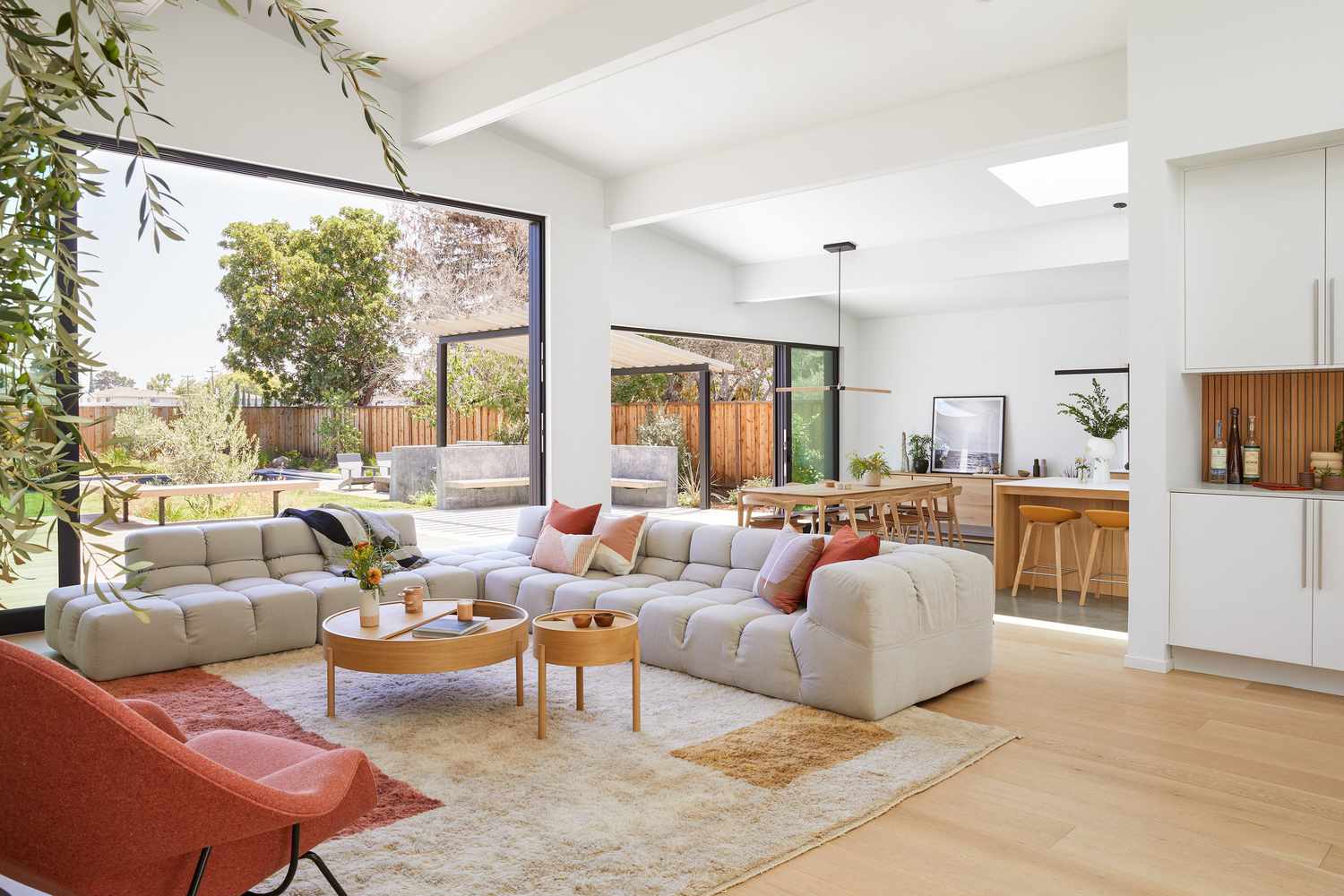
Open concept living spaces have become a hallmark of contemporary luxury homes. This design philosophy emphasizes fluidity and spaciousness, creating an inviting and versatile environment.
By removing traditional barriers like walls and doors, open concept designs offer a seamless transition between different areas of the home, promoting a sense of unity and connection.
One of the key benefits of an open floor plan is the enhancement of natural light. Without walls to block windows, light can flow freely throughout the space, creating a bright and airy atmosphere.
This not only makes the home feel larger but also adds to its overall aesthetic appeal. Large windows, skylights, and glass doors are often used to maximize light and provide stunning views of the surrounding landscape.
Open concept designs also lend themselves well to creating seamless indoor-outdoor transitions. By incorporating elements like large sliding doors or folding glass walls, homeowners can effortlessly extend their living space to outdoor areas such as patios, decks, and gardens.
This connection to the outdoors enhances the home’s livability, making it ideal for entertaining or simply enjoying a peaceful retreat.
Designing an open concept space requires careful planning to balance functionality with style. The lack of walls means that different areas must flow into each other harmoniously, both in terms of layout and design. Coordinated color schemes, consistent flooring, and cohesive furniture choices are crucial in maintaining a unified look.
Additionally, clever use of furniture and decor can help define distinct areas within the open space, such as a cozy living room nook or a sophisticated dining area.
4. Unique Architectural Elements and Customization

In the realm of high-end home design, unique architectural elements and customization play a pivotal role in defining a property’s character and appeal.
These bespoke features not only set a home apart but also reflect the owner’s personal style and taste. From grand entrances to intricate interior details, the possibilities for customization are endless.
One of the most striking ways to incorporate unique architectural elements is through the home’s exterior design. Features such as custom facades, intricate stonework, and bespoke entryways create a lasting first impression.
Inside the home, elements like vaulted ceilings, custom staircases, and decorative moldings can add a touch of elegance and sophistication. These details not only enhance the visual appeal but also create a sense of timeless beauty.
Customization extends beyond the structural aspects of a home to include personalized spaces that cater to specific interests and needs.
For example, a home theater with state-of-the-art acoustics, a wine cellar designed to preserve and showcase a prized collection, or a luxurious spa bathroom with custom fittings can all be tailored to the homeowner’s preferences. Such specialized spaces offer a unique blend of luxury and practicality, enhancing the overall living experience.
Working with skilled architects and designers is crucial in bringing these unique elements to life. Their expertise ensures that the design is not only aesthetically pleasing but also functional and structurally sound.
Whether it’s selecting the finest materials or crafting intricate designs, professionals can help turn a homeowner’s vision into reality, creating a space that is truly one-of-a-kind.
5. Incorporating Art and Personal Collections

Incorporating art and personal collections into the design of a high-end home is a wonderful way to infuse the space with character and individuality.
Art not only serves as a focal point in a room but also tells a story and reflects the homeowner’s passions and interests. Whether it’s a stunning piece of contemporary art, a collection of vintage pieces, or personal mementos, these elements can transform a house into a truly unique home.
One of the key considerations when displaying art in a luxury home is the selection of the right pieces. It’s important to choose artworks that complement the overall design and color scheme of the space.
For instance, bold, vibrant pieces can add a pop of color to neutral interiors, while more subdued artworks can enhance a room’s elegance and sophistication. In addition to aesthetic considerations, homeowners may also consider the historical and emotional significance of the pieces they choose to display.
Placement is another critical factor in showcasing art and collections. Strategic placement can enhance the visual impact of a piece, whether it’s the centerpiece of a room or an accent in a more intimate space. Proper lighting is also essential, as it can highlight the details and textures of the artwork, bringing it to life.
In high-end homes, it’s common to use specialized lighting systems, such as gallery-style spotlights or adjustable track lighting, to achieve the perfect illumination.
For those with extensive collections, creating dedicated spaces, such as a home gallery or a custom display area, can be a great way to showcase multiple pieces.
This not only protects the collection but also provides a cohesive and curated experience. Whether displayed on walls, in niches, or on custom shelving, these collections can add depth and interest to the home, making it a true reflection of the homeowner’s tastes and experiences.
Conclusion
Innovative design trends are reshaping the landscape of high-end homes, offering endless possibilities for personalization and sophistication. From sustainable materials to smart technology, these trends not only enhance the aesthetic appeal of a home but also its functionality and sustainability.
By staying informed and working with experienced professionals, you can create a space that truly reflects your style and values.


